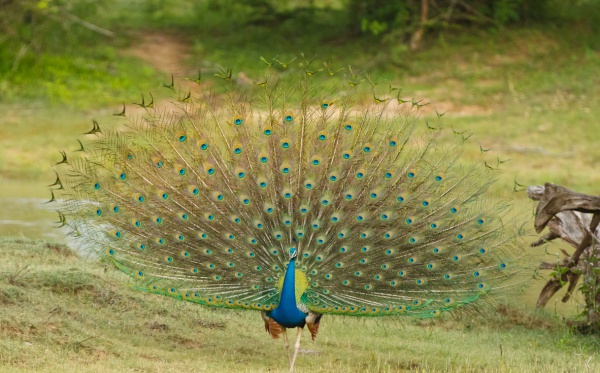Facts About Indian peafowl
The Indian peafowl, commonly referred to as the blue peafowl, is a remarkable bird native to the Indian subcontinent. Its breathtaking appearance has led to its introduction in numerous countries worldwide.
The male peacock is particularly renowned for its vibrant plumage, which features a fan-shaped crest and a long, eye-spotted train of feathers. He employs this stunning display to attract potential mates. In contrast, the female, or peahen, exhibits more subdued colors and does not possess the dramatic train. Indian peafowl typically inhabit open forests, where they forage for a variety of foods, including berries, grains, snakes, lizards, and small rodents.
For centuries, the purpose of the peacock's elaborate train has intrigued people. Some theories suggest it is a product of sexual selection, while others propose it might be an honest signal of the bird's fitness. Regardless, this bird holds a special place in both Hindu and Greek mythology and is even the national bird of India. According to the IUCN, the Indian peafowl is currently not at risk and is categorized as a species of Least Concern.
First classified by Carl Linnaeus in 1758, the Indian peafowl is found across the Indian subcontinent and parts of Sri Lanka. These birds have adapted to a variety of habitats, including areas cultivated by humans. Over time, they have been introduced to many other countries globally.
Peafowl are social creatures, often foraging in groups and roosting in trees. They are also quite vocal, especially during the breeding season. Males are polygamous and perform elaborate displays to attract females. As omnivores, they have a diverse diet, consuming seeds, insects, fruits, and small mammals.
However, the Indian peafowl faces several threats, including poaching for their meat and feathers, pesticide poisoning, and conflicts with humans due to crop damage and nuisance behavior. Conservation efforts are focused on protecting wild populations and managing feral ones in urban areas. Despite these challenges, the peafowl's adaptability and cultural significance help ensure its survival in various environments.

 Oman
Oman